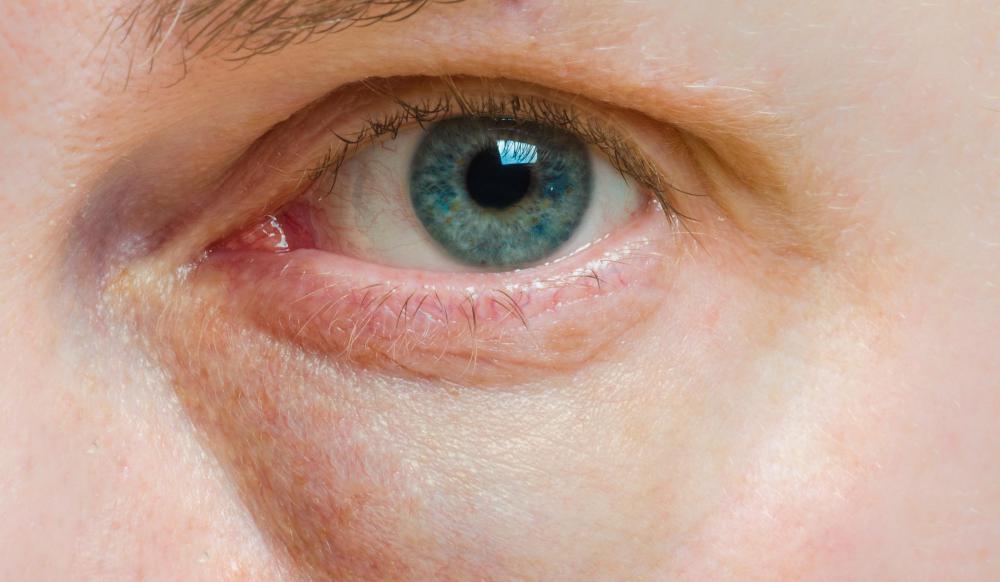At TheHealthBoard, we're committed to delivering accurate, trustworthy information. Our expert-authored content is rigorously fact-checked and sourced from credible authorities. Discover how we uphold the highest standards in providing you with reliable knowledge.
What is Esthesioneuroblastoma?
Esthesioneuroblastoma is a type of cancerous tumor that arises deep within the nasal cavity. A tumor can grow very quickly and obstruct the nasal pathways, resulting in breathing difficulties and frequent nosebleeds. Esthesioneuroblastoma is a very rare condition, and the symptoms it causes are often attributed to more common nasal problems such as sinusitis and chronic respiratory infections. Left untreated, the cancer can spread to lymph nodes and other parts of the body. Surgical excision is usually successful if a tumor is found early, though extensive chemotherapy may be needed if it has already started to spread.
The exact causes of esthesioneuroblastoma are poorly understood. Since only a small number of cases have ever been discovered, few clinical studies and research projects have been performed to learn more about potential risk factors. It is likely that a combination of genetics and exposure to environmental toxins such as pollution and cigarette smoke are involved.

An esthesioneuroblastoma typically arises in the uppermost area of the nasal cavity. Cancer cells originate in the soft, lubricated tissue called olfactory epithelium that lines the cavity and contributes to the sense of smell. Most tumors grow very slowly, taking two to three years before becoming big enough to cause physical symptoms.
Once a tumor begins to grow, it can block the nasal passages and cause surrounding tissue to become inflamed. As a result, a person can experience trouble breathing in and out through the nose and a decreased sense of smell. Chronic nosebleeds, watery eyes, and sneezing fits are common. As a tumor continues to grow and cancer begins to spread, a person may have flu-like symptoms and swelling in the face and neck. Loss of smell, taste, and even vision are possible if esthesioneuroblastoma is not discovered and treated early.

A doctor who suspects esthesioneuroblastoma can conduct a thorough examination using mirrors and lights in the nostrils. He or she may also order x-rays and computerized tomography scans of the head. If a mass is detected, a tissue biopsy is collected and studied in a hospital lab to confirm the presence of cancer.
Most small tumors can be removed via surgery. A minimally-invasive endoscopic procedure that involves manipulating surgical tools through the nostril is usually effective, though open surgery may need to be performed if a tumor is buried deep inside tissue. If the tumor persists or spreads, several rounds of chemotherapy and radiation treatments are usually administered to try to ablate remaining cancerous cells.
AS FEATURED ON:
AS FEATURED ON:

















Discuss this Article
Post your comments